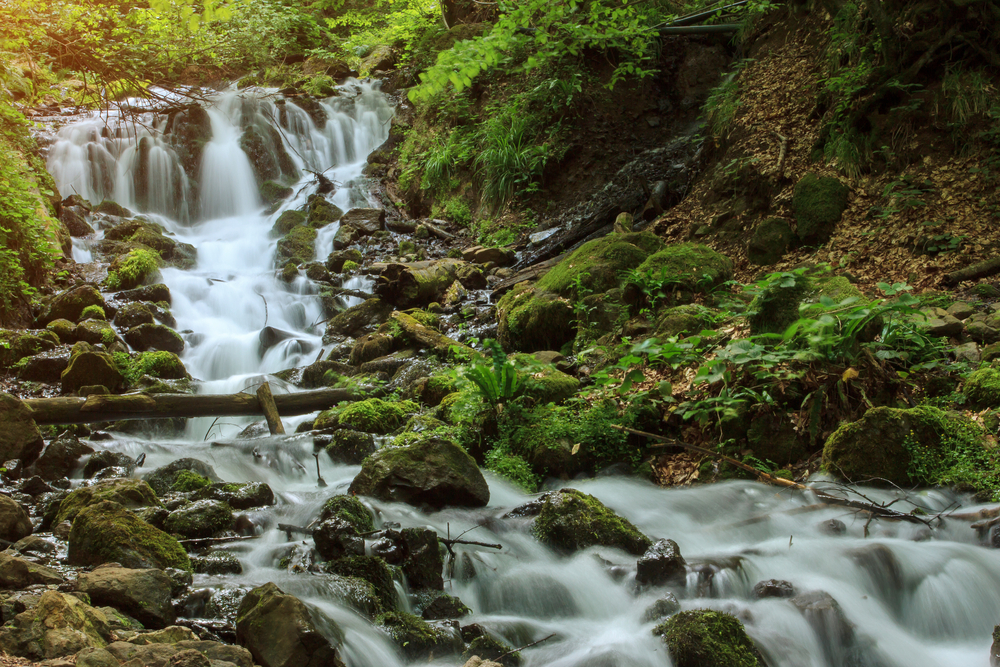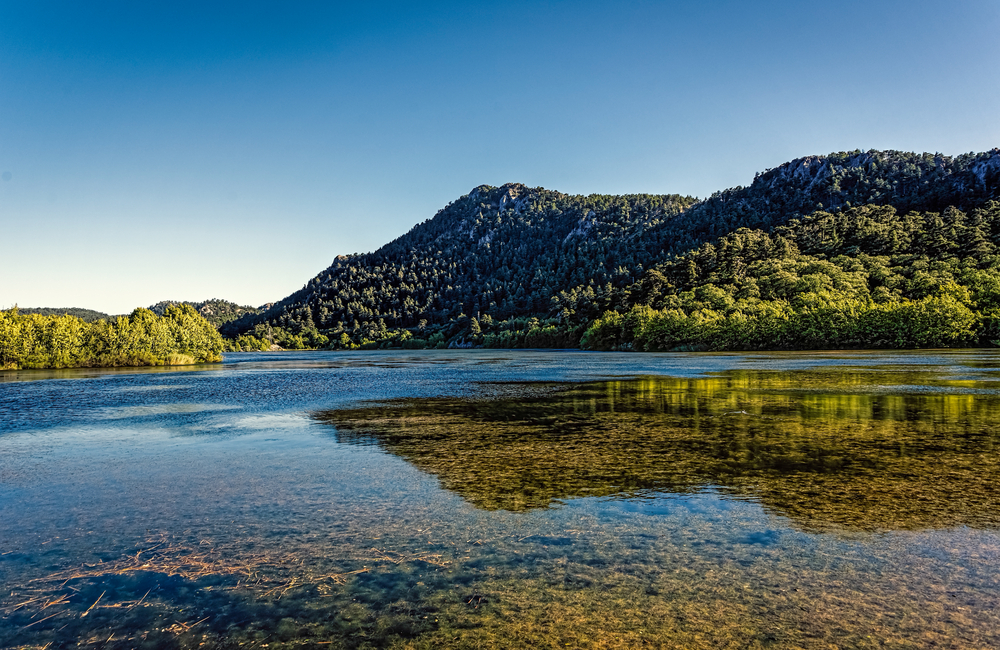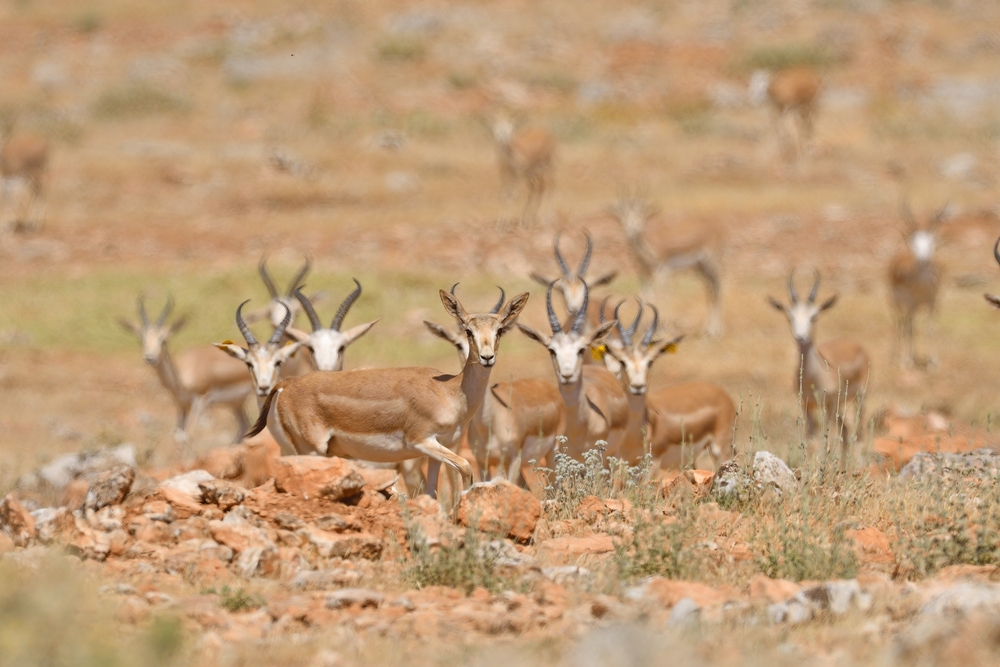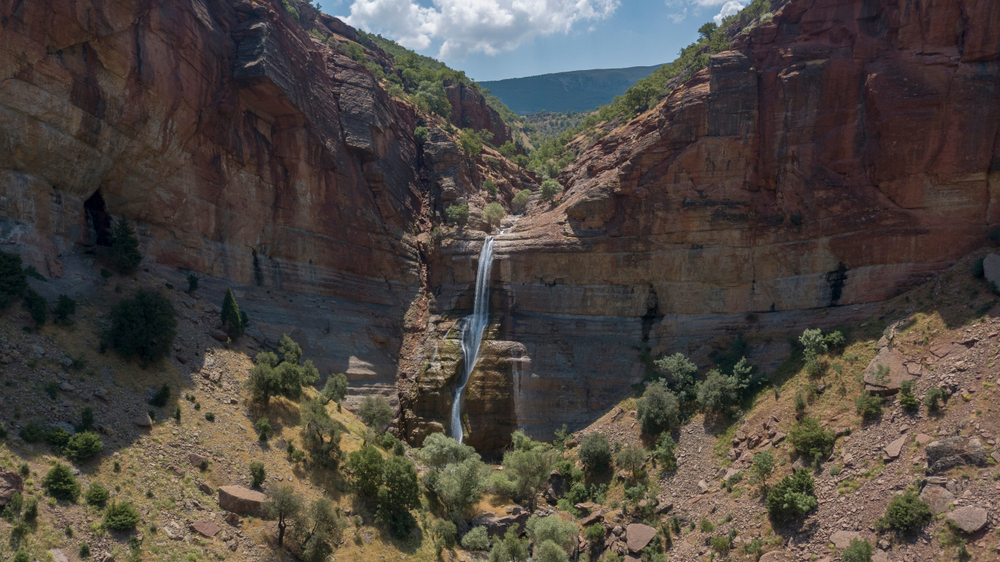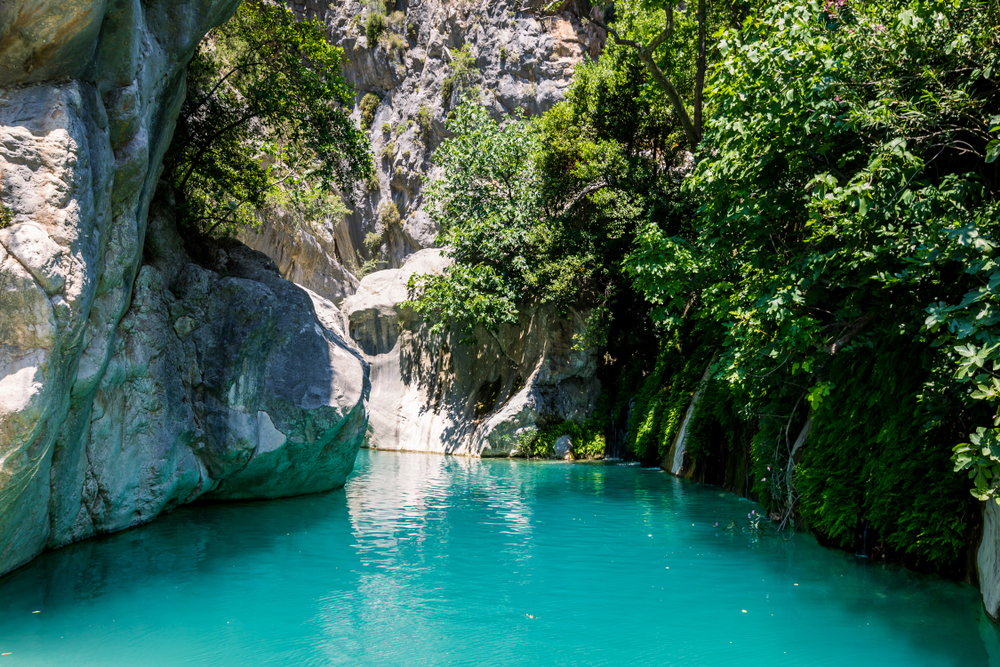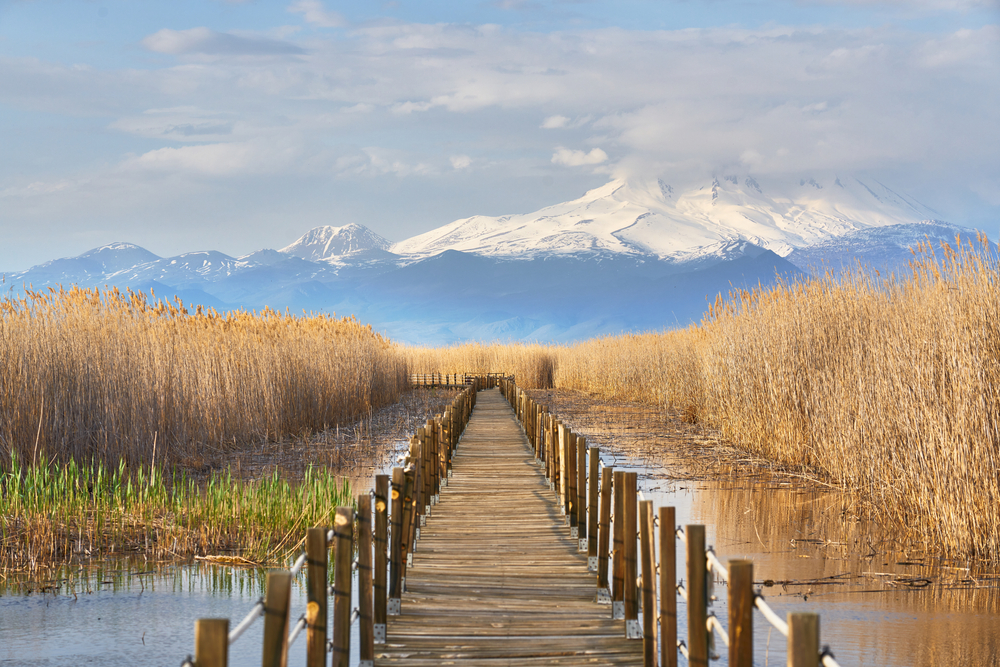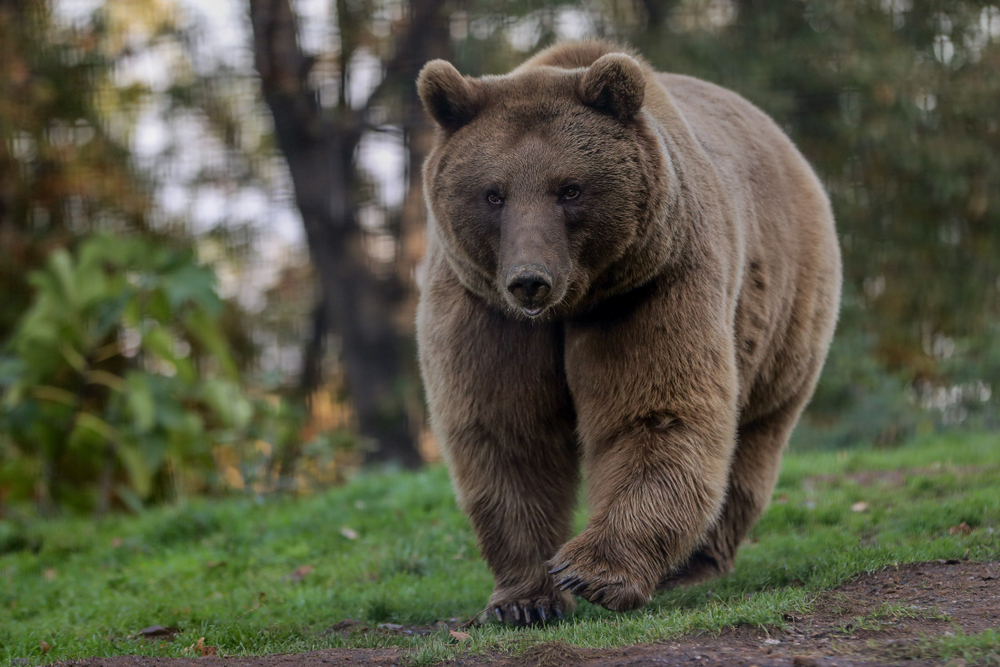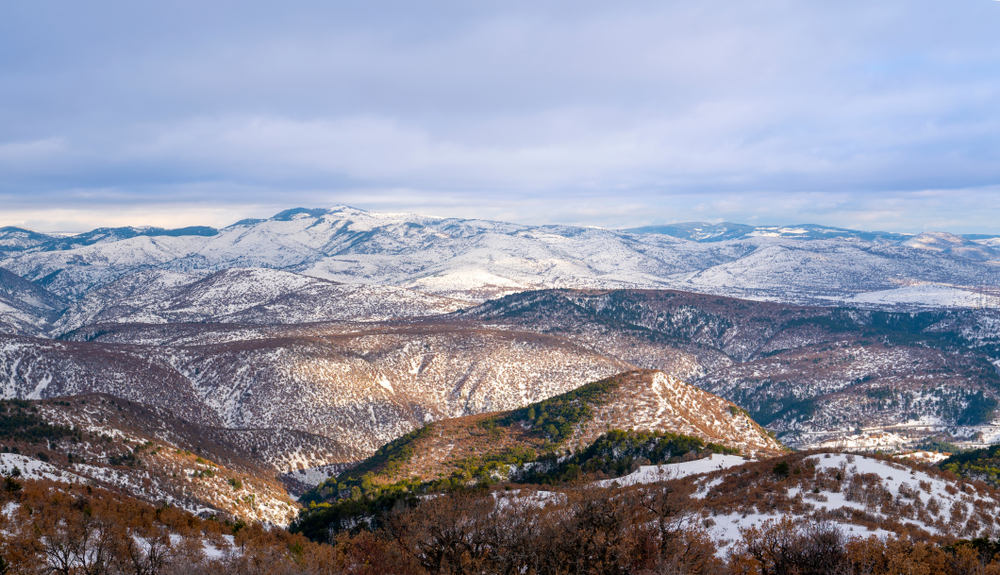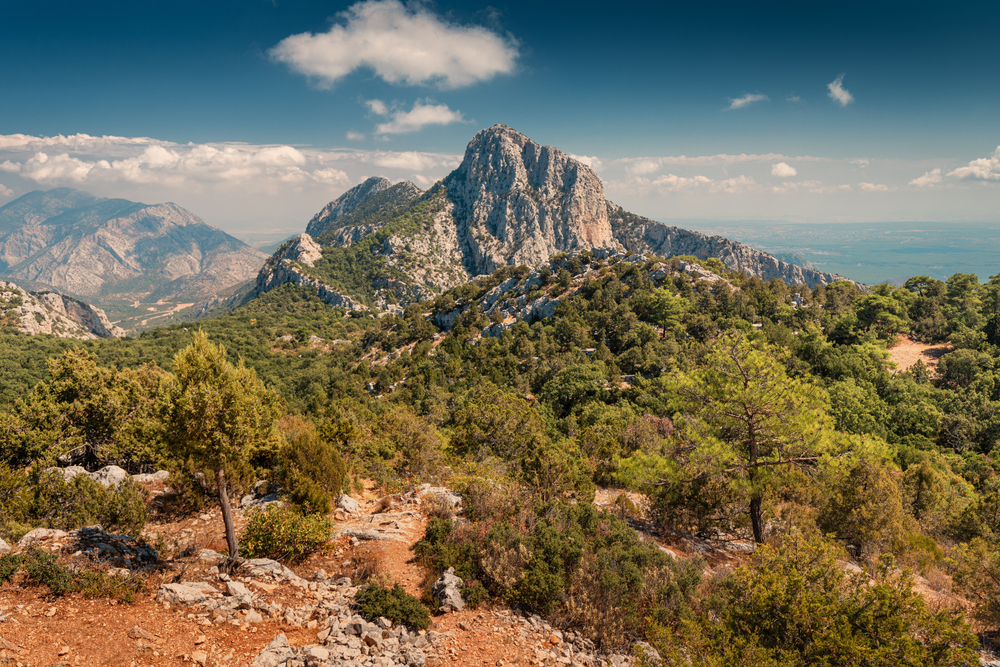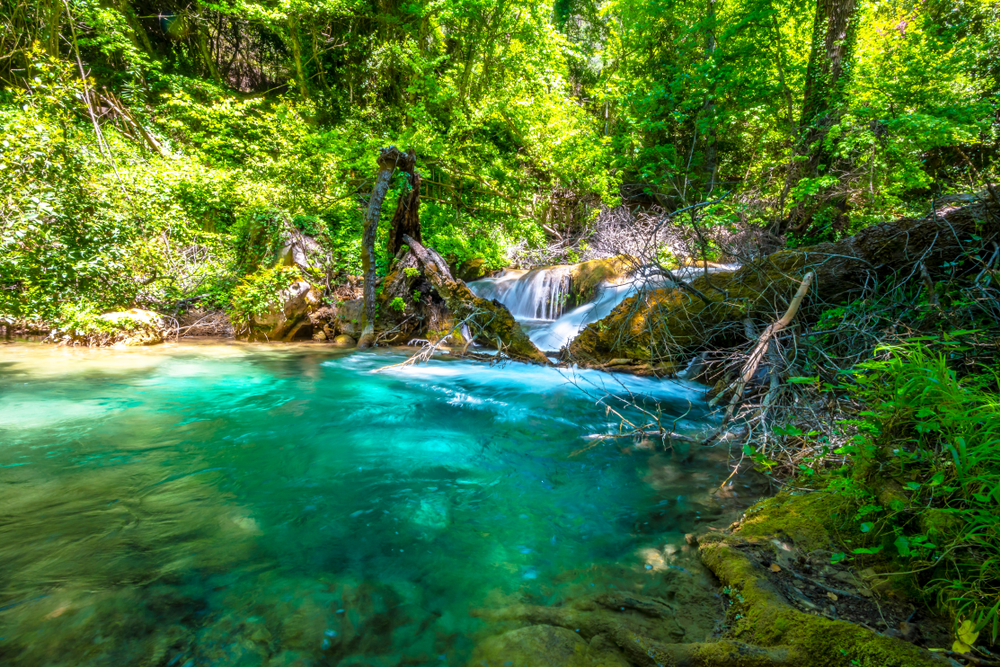Yedigöller Overview
Yedigöller National Park, known in Turkish as Yedigöller Milli Parkı, is a captivating natural reserve located in the Bolu Province of northwestern Turkey.
The name “Yedigöller” translates to “Seven Lakes,” a fitting title for a park that spans roughly 15 square miles (38 square kilometers) and is renowned for its chain of seven interlinked glacial lakes nestled among densely forested hills.
Established in 1965, the park sits within the western Black Sea region and lies between Istanbul and Ankara, making it an accessible yet pristine destination for nature enthusiasts seeking tranquility and unspoiled beauty.
The terrain of Yedigöller National Park is composed of rolling valleys, steep ridges, and volcanic and glacial formations shaped over centuries. The seven lakes—Büyükgöl, Deringöl, Seringöl, Nazlıgöl, Sazlıgöl, İncegöl, and Küçükgöl—are the park’s main attractions and are surrounded by hardwood forests that change dramatically with the seasons.
The landscape is especially vivid in autumn when the beech, oak, alder, maple, and hornbeam trees burst into a kaleidoscope of orange, red, and gold. Waterfalls, small creeks, and mineral springs weave through the terrain, adding to the park’s lush and serene ambiance.
Wildlife thrives in this temperate, mixed-forest ecosystem. Key mammals found within the park include red deer, roe deer, wild boar, brown bears, foxes, and squirrels, many of which are most active during the early morning or twilight hours. The park is also home to an impressive variety of birds such as hawks, owls, woodpeckers, and finches, making it a favored spot for birdwatchers.
Amphibians and small reptiles inhabit the lakeshores and wet forest floors, contributing to the biodiversity of the area. The presence of large mammals and varied bird species underscores the health and ecological richness of the park’s environment.
Yedigöller’s most popular features include its lakeside walking trails, wooden footbridges, and panoramic viewpoints. Visitors often explore the park on foot, with well-marked paths offering opportunities to observe wildlife and enjoy the scenic surroundings.
Wooden observation decks provide picturesque views of the lakes and forests, especially popular among photographers during the fall foliage season. Camping is permitted in designated areas, and there are also bungalows and lodges available for overnight stays, allowing visitors to fully immerse themselves in the natural setting.
The park supports a range of recreational activities such as hiking, picnicking, nature photography, and birdwatching. In spring and summer, families enjoy the cooler forest climate, while autumn draws crowds eager to witness the dramatic color changes. Winter also has its charm, as snow blankets the terrain, creating a peaceful, frozen landscape ideal for quiet walks and photography.
Conservation in Yedigöller National Park has generally been successful due to strict environmental regulations and its status as a protected area. Challenges such as waste management, visitor pressure, and illegal hunting have required active oversight, but management efforts continue to prioritize ecosystem preservation.
Educational initiatives and the careful development of eco-friendly facilities have helped maintain the park’s natural integrity while supporting sustainable tourism.








































































